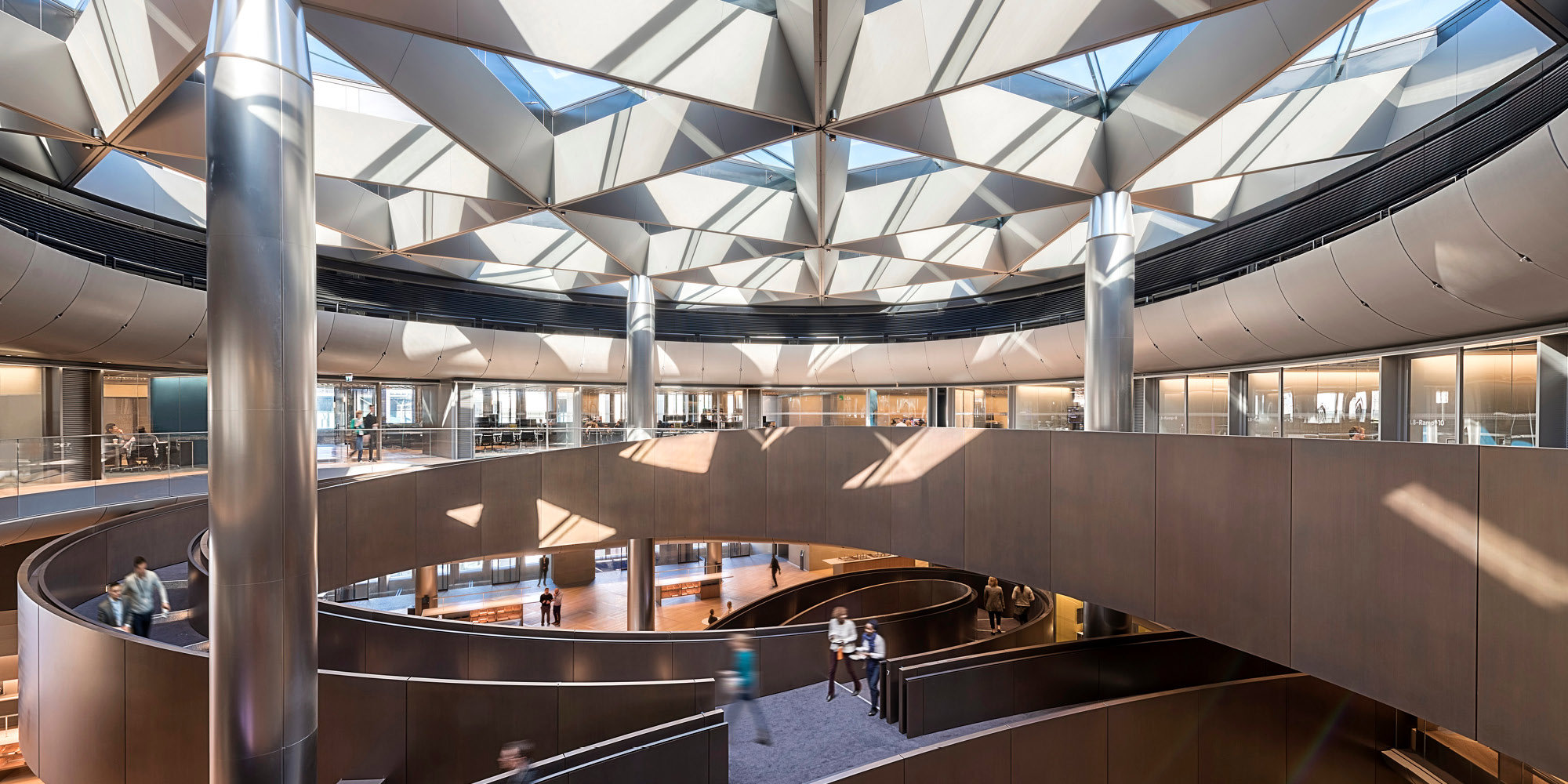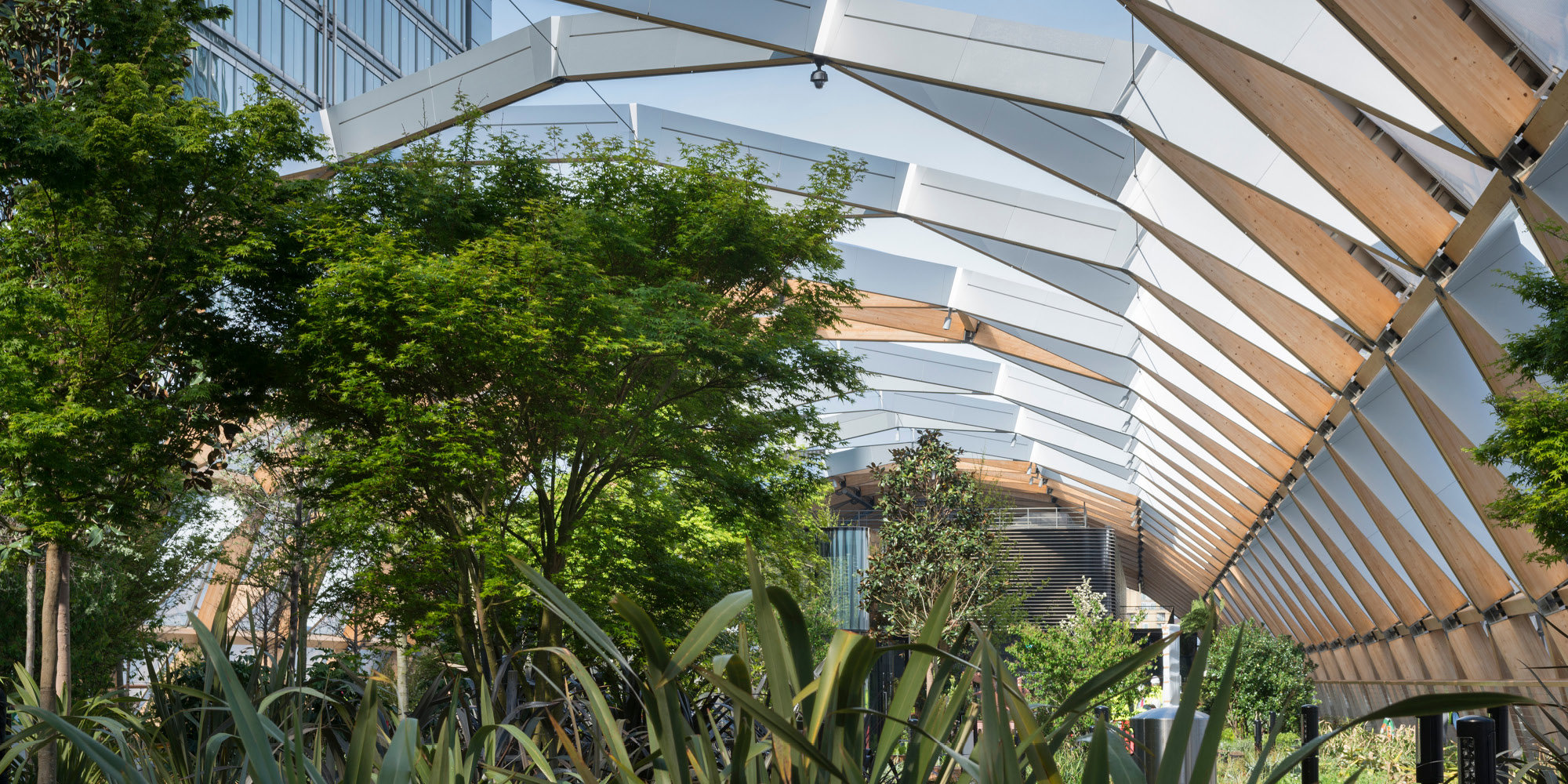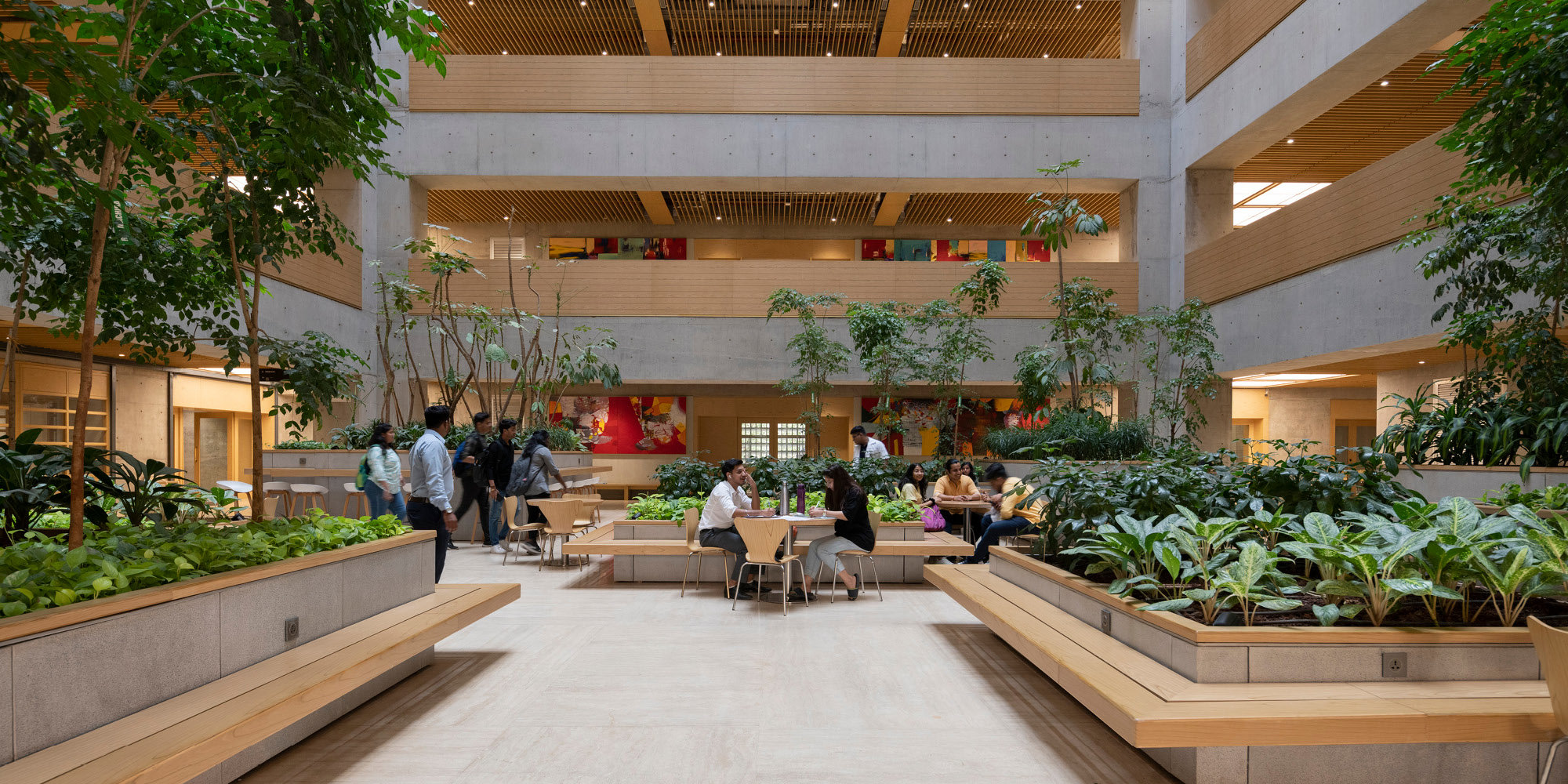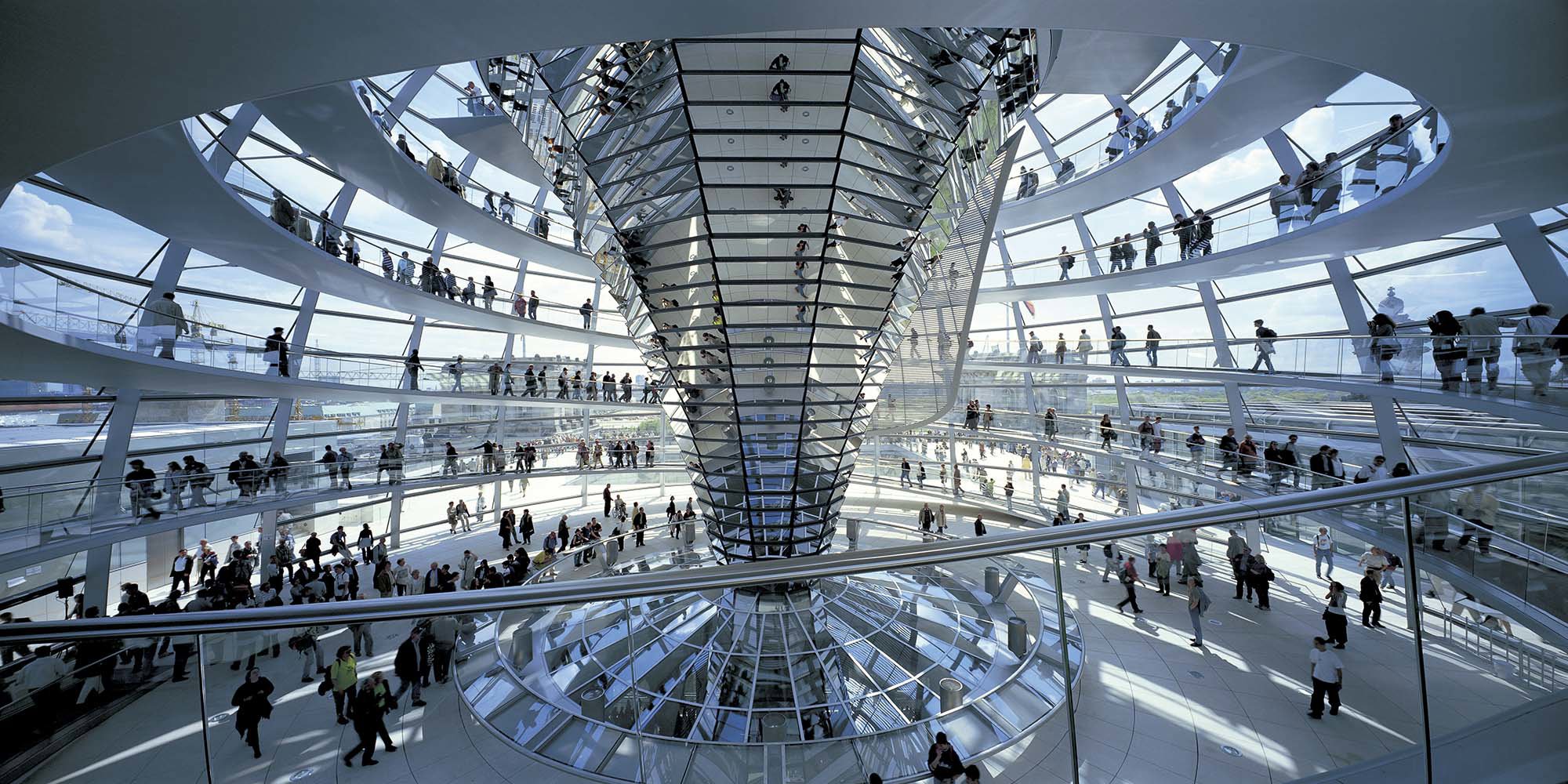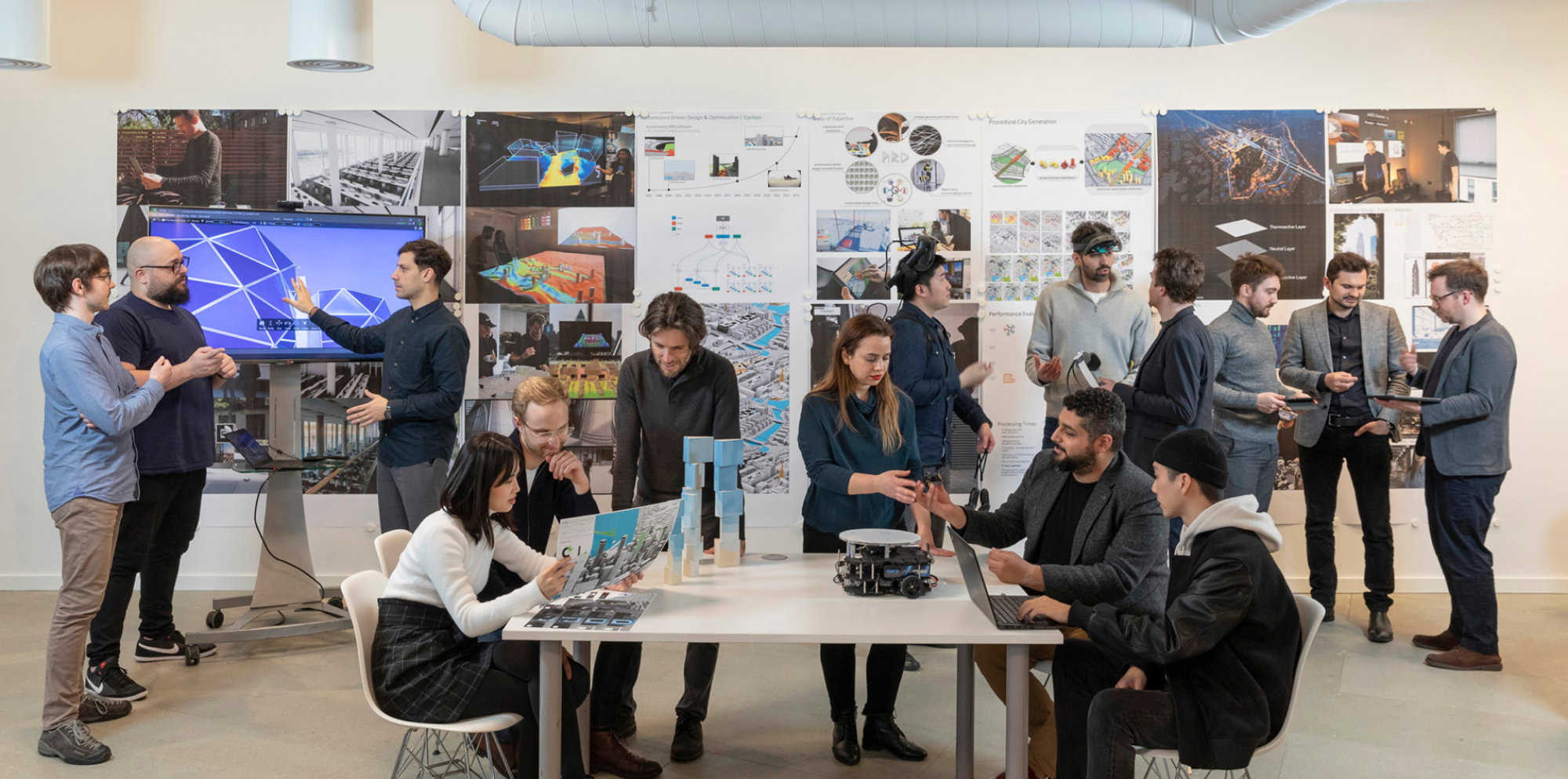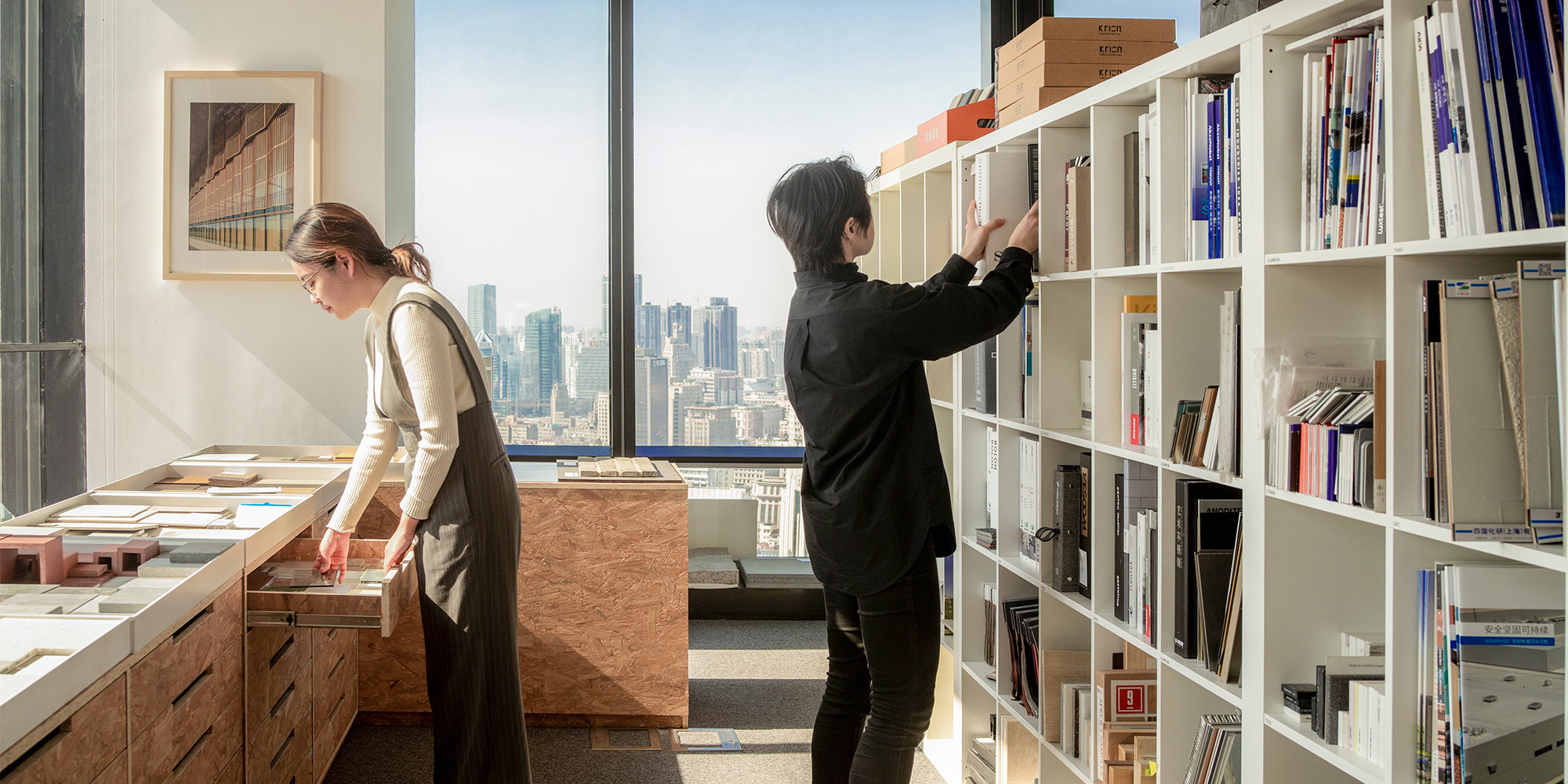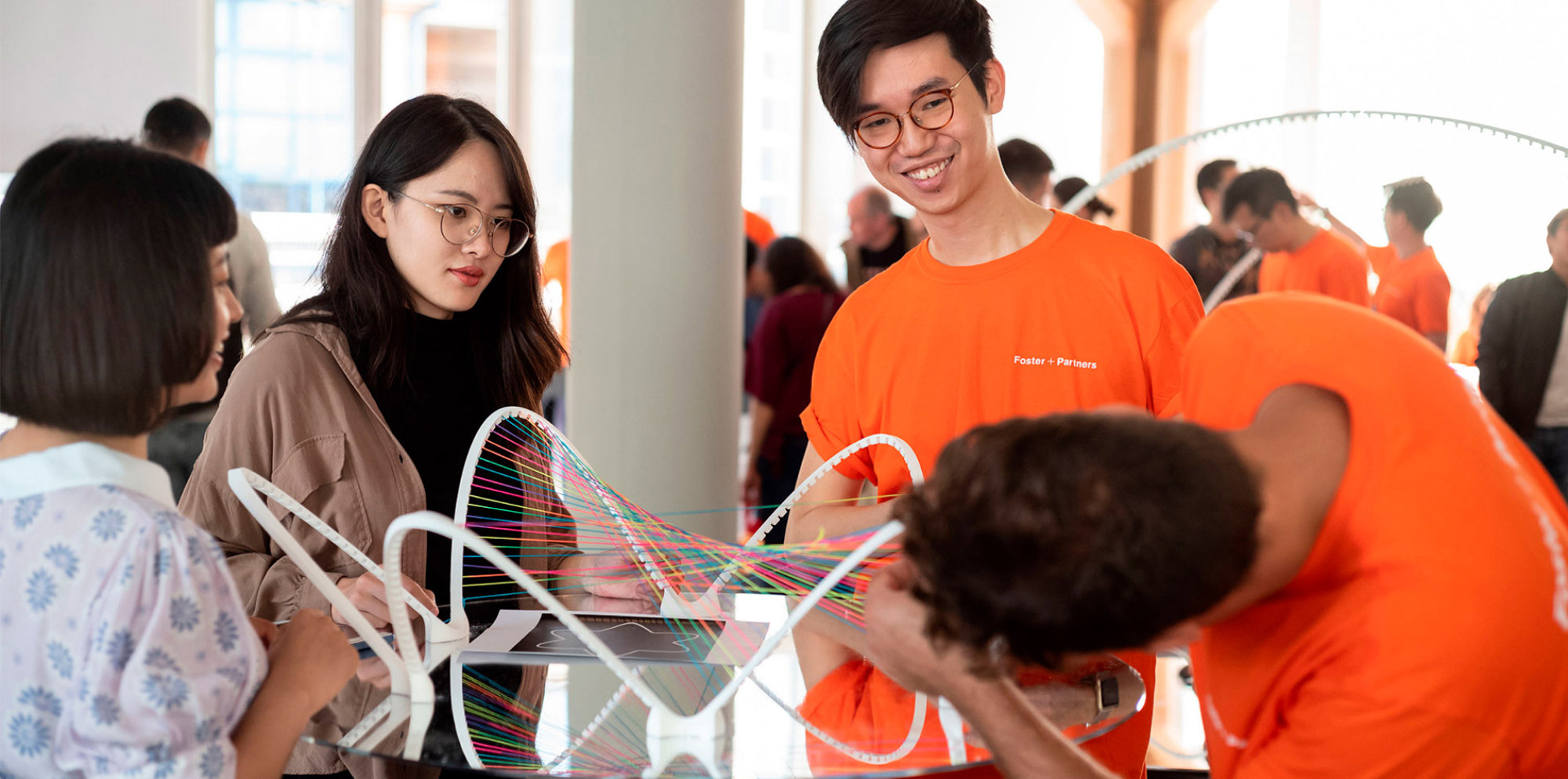Chris Bubb is a Senior Partner at Foster + Partners and project architect for the recently completed D.Y. Patil University Centre of Excellence in Navi Mumbai. Chris talks about the unique design and construction process, collaborating with workshops and working with the client’s own construction team.
How did the project initially come about?
Back in 2009, we were contacted by Dr. Vijay D. Patil - Chancellor of D.Y. Patil University - to design a new School of Management. Amongst many other things, Dr. Patil is responsible for the university’s real estate assets and is passionate about architecture and construction.
At that time, he had just overseen the design and construction of a major stadium on campus, which is home of the D.Y. Patil Sports Academy. The stadium seats 55,000 people and is enjoyed by cricket lovers and concert goers alike.
Building on the success of that project, Dr. Patil had a clear vision for the university’s School of Management. The project grew over time, to accommodate 3000 students and includes the faculties of law, accounting and economics. The new building - now known as the Centre of Excellence - incorporates flexible, modern teaching and learning facilities, as well as residential accommodation.
How does the design accommodate changes to function and scale?
Spaces have been arranged methodically to provide order and clarity but can accommodate a wide range of functions. The underlying layout is a repetitive grid, scaled for educational areas, lecture theatres, auditoria, a library and private spaces for study. As the scheme developed, the inherent flexibility enabled changes to be made, as the educational programme developed in parallel.
Who worked with Foster + Partners to realise the project?
From the early stages, we knew that Dr. Patil would use his own construction team. This resulted in a wonderfully direct relationship between design and construction - all the key elements of the building could be trialled, tested and tuned for optimum performance.
Dr. Patil also employed workshops to make specialist elements, from the glass reinforced concrete shading to the spun aluminium domes, which bounce light into the rooftop garden. The unique set-up allowed time for the production of prototypes - and for our findings to be fed back into the revised designs.
Dr. Patil appointed Maulik Lukkad, a young graduate architect, to be the key interface between the design and construction teams. Maulik has made an outstanding contribution to the Centre of Excellence - a testament to architecture’s ability to engage real passion in those who are close to a project.
We also worked alongside a fantastic team of engineers from Buro Happold, who were led by Richard Marshall.
As Foster + Partners has grown, we have brought in new experts and specialists who have contributed to the project. For example, the landscape design has evolved, following the emergence of our in-house landscape team. In this way, the Centre of Excellence reflects the evolution of the practice over more than a decade.
The two-acre sky garden with native planting, pond-life and areas for relaxation is integral to the project. It also provides an important space for students and staff to gather for informal meetings and events. The garden has been designed to reflect the changing seasons and includes furniture which was produced by the practice’s own Industrial Design team.
Could you tell us more about how prototyping was used to refine the design? Could you provide an example?
Our original drawings for the lower section of cladding showed a series of stacked bricks, with gaps for ventilation. On site, we reviewed the elevations again and decided that we needed to streamline our approach. Working with a local workshop, we made prototype GRC screens using rubber moulds, which proved to be a much more efficient way of producing the cladding.
As time went on, we developed an increasingly tailored approach to the façade design and wanted to create a shading system that would bounce the right amount of light into the interior spaces, while protecting them from harsh sunlight and heat. In tandem, the workshop developed a Perspex and wood mould that was even more effective than the rubber version.
This iterative and experimental process enabled us to improve the design, while the superstructure was under construction.
How is the project sustainable?
The Centre of Excellence achieves a LEED Platinum rating, the highest level of accreditation. The scheme has been carefully designed to minimise the environmental impact associated with water and energy use, material choices and operation.
The building is naturally ventilated though user-controlled, openable windows, and supported by A/C during the hottest months of the year. Wind tower assisted ventilation cools the key spaces, including the auditorium and concourse areas. The extensive use of shading minimises the energy used in mechanical cooling and the building’s envelope allows daylight into the building, while controlling glare.
We have used low-embodied-carbon concrete throughout the building, and timber is sourced from an Indian Government programme, which sells timber that has naturally come to the end of its life.
